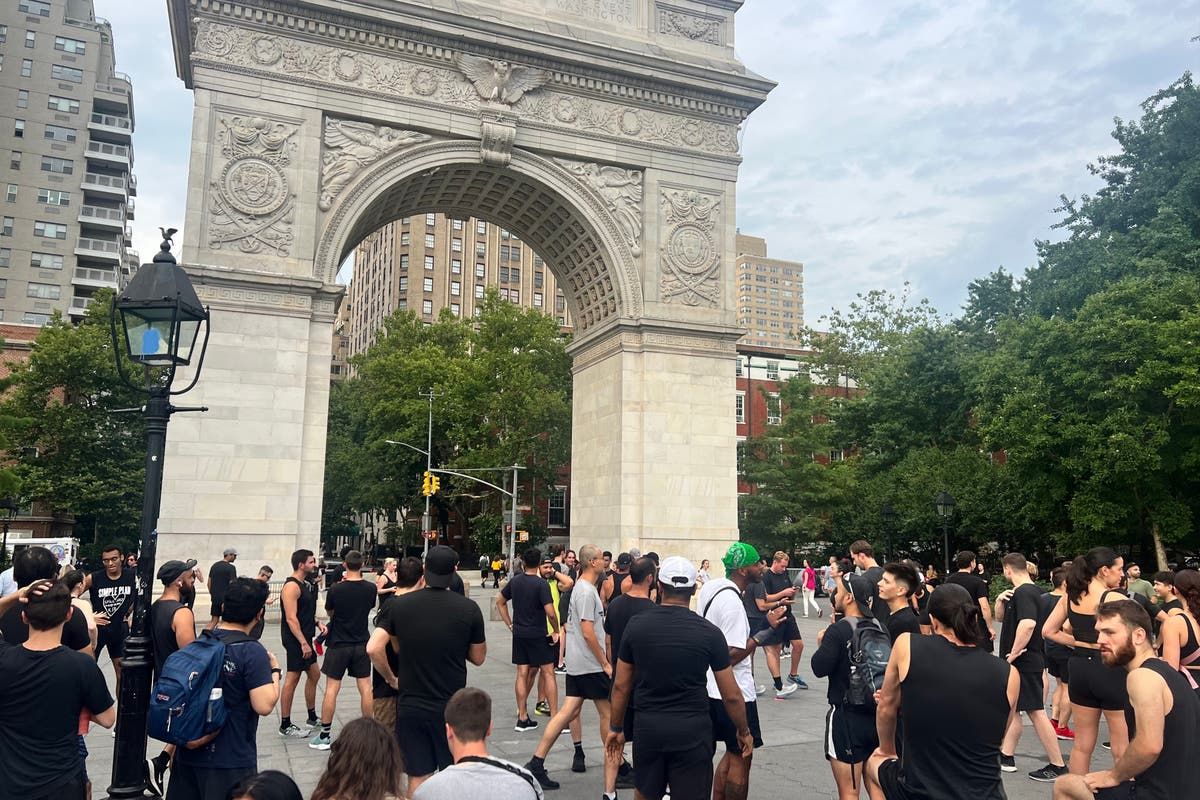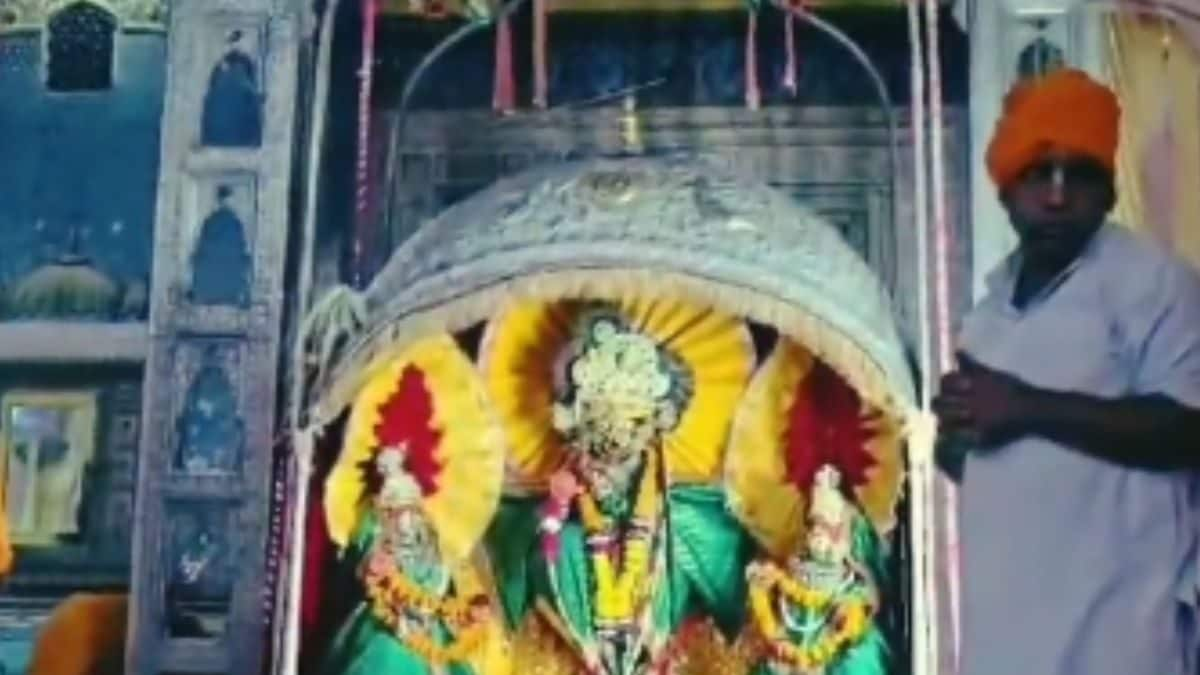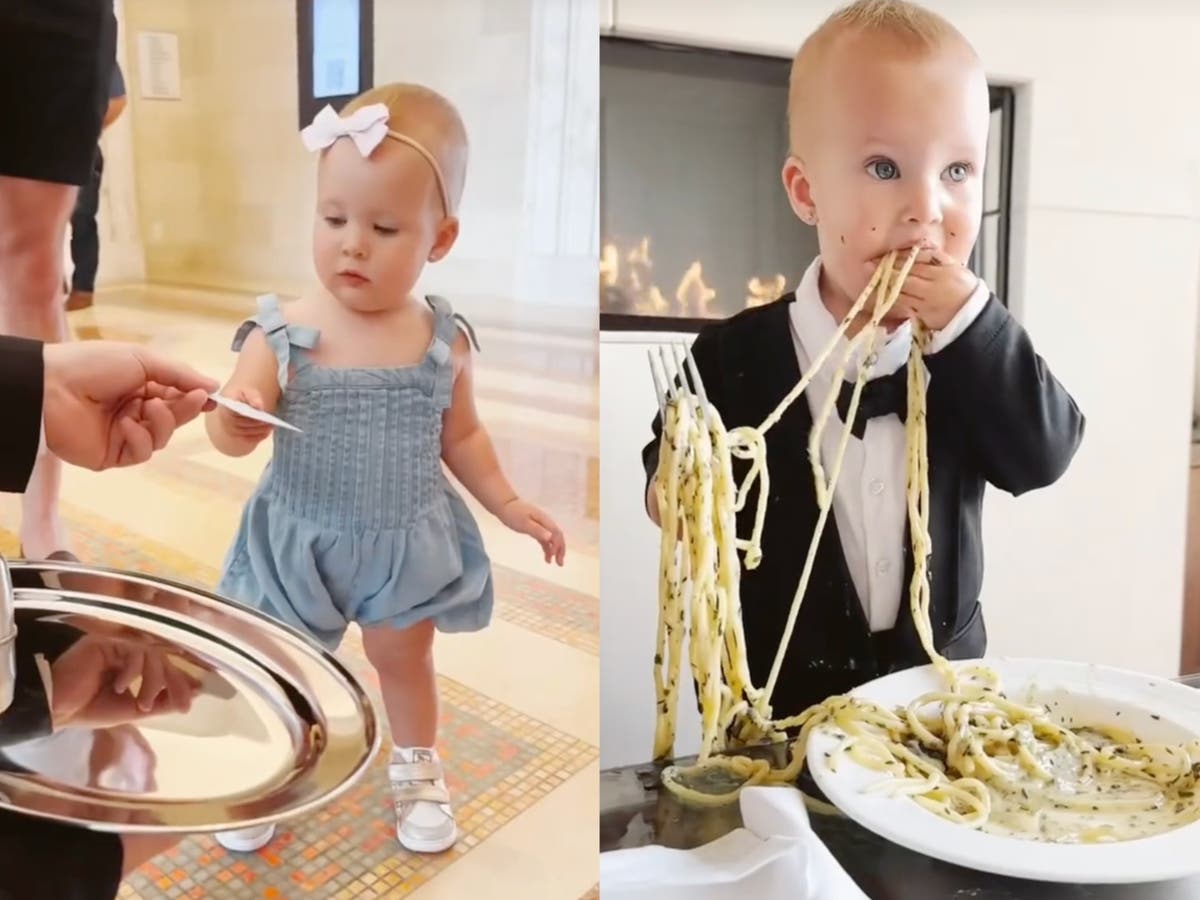Your support helps us tell the story.
In my reporting on women's reproductive rights, I have witnessed the critical role that independent journalism plays in protecting freedoms and informing the public.
Your support allows us to keep these vital issues under the spotlight. Without your help, we would not be able to fight for truth and justice.
Every contribution ensures that we can continue reporting on the stories that impact lives.
Kelly Rissman
US News Reporter
It’s not just the summer heat that’s pushing New Yorkers to ditch the apps in favor of running shoes, but also a general dissatisfaction with the way we’re supposed to meet people these days. Running clubs have emerged as an appealing alternative, promising genuine connections rather than superficial swipes on a screen.
But the recovery of running clubs is not as simple as it seems. What started as community meetings is slowly but surely transforming into another business opportunity.
A few months ago, the The New York Times Branded running clubs are the latest substitute for dating apps, and they reflect a growing trend that gained momentum when the pandemic upended our social lives. Running clubs offer people a way to connect in the real world, away from the confines of our phones. Upper West Side Runners, for example, was founded by Oliver Barret, who saw the need for community in his neighborhood and created a space where locals could meet and bond over their shared interest in the sport. It was a genuine concept: a return to basics in an era dominated by digital interactions.
While the idea of connecting through physical activity is not new, what has changed is the way these spaces are being co-opted by commercial interests. As the fitness and lifestyle industries expand, some running clubs have begun to shift from community-driven initiatives to profit-oriented ventures. This raises a critical question: why do so many genuine attempts at building community end up becoming commercial opportunities?
New York City’s Lunge Run Club is a prime example. The trendy TikTok club is an extension of Lunge, the dating app that connects fitness enthusiasts. Here, running takes a backseat and the pursuit of romance takes center stage. As founder and CEO Steven Cole recently said during the bar portion of the Wednesday night ritual: “If you go to the running club to run, you’re kind of a jerk. You might as well go out and run.”
At first glance, Lunge looks like a run-of-the-mill running club, made up of a group of people who get together to exercise and socialize. But in reality, it functions more like a carefully crafted marketing strategy for its dating app. The lines between community and commerce blur, as the club positions itself not just as a space for runners, but as a brand with a clear motive: profit.

“They’re building a community around a brand and then monetizing that brand,” Barrett told me. “That’s what bothers me.”

I decided to take part in one of the Wednesday evening Lunge races, which the organizers said had roughly 900 people signed up for. We met in Washington Square Park, most of us dressed head-to-toe in black—a symbol that meant we were single, which looked like a modern-day scarlet letter. Then it was a choice between running three miles or walking a mile and a half, and then we were off, looping through the city and eventually reaching the West Side Highway. The race itself was fine, but it was impossible to ignore the performative aspect of the whole thing: participants dressed in coordinated outfits, taking over entire streets (which has been widely criticized by other runners online for its “disrespect”) while strangers stopped to take pictures of the runners.
Afterwards, we all met up at a few select bars, and that's where the real purpose of the evening finally began. After waiting in line for 20 minutes, I finally made it to the brewery, where I wandered around to get a feel for the atmosphere. It reminded me of a speed dating event: everyone was jumping from one conversation to another, eyes darting around, planning their next move.
Early in the evening, my friend and I started chatting with a man in his mid-20s. After casually chatting about our types, he pulled out his notes app and showed us his friend ranking list — an actual list of his friends, from most attractive to least attractive. My friend pointed out who on the list she thought was attractive, and suddenly he was playing matchmaker for friends who weren’t even there. At an event that’s supposed to be about face-to-face connections, it was pure irony. Maybe as ironic as an event that’s supposed to get people off apps and meet people in person, but somehow, you still end up being encouraged to download another app to hook up.
As for the rest of the evening, it followed more or less the same pattern: casual chit-chat, exchanging numbers and Instagram accounts, and chatting about what had brought us to the “hottest” running club in town. Was it your first time? Would you go back? Did you meet anyone interesting?
Is there any room for genuine human connection? When I joined a running club earlier this year, I did so to meet new people interested in the hobby and to keep myself motivated as a new runner. I understand that growth can be a sign of success, but it’s a shame to see that running clubs, which once symbolized community, are now at risk of becoming just another pawn in the startup game.












